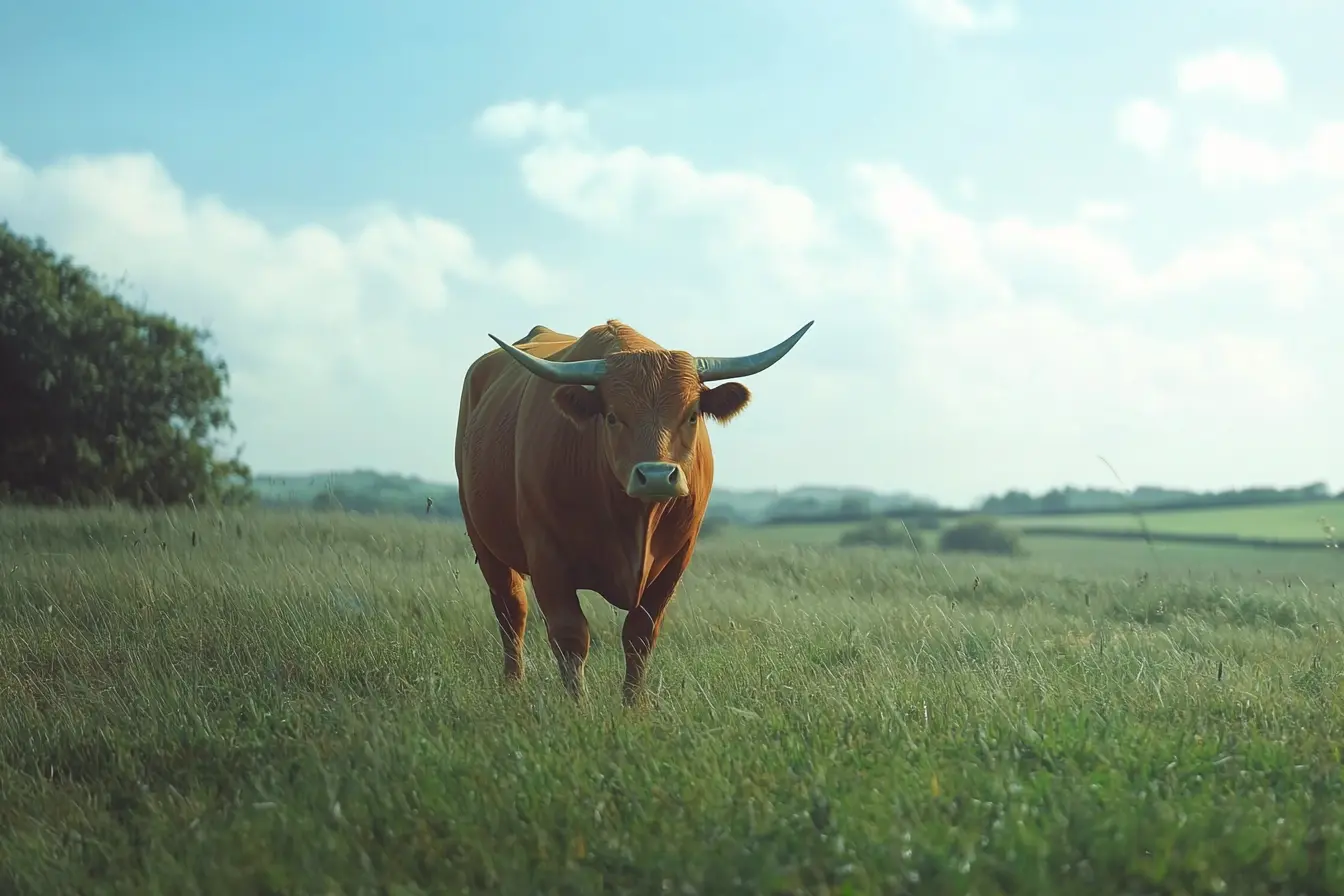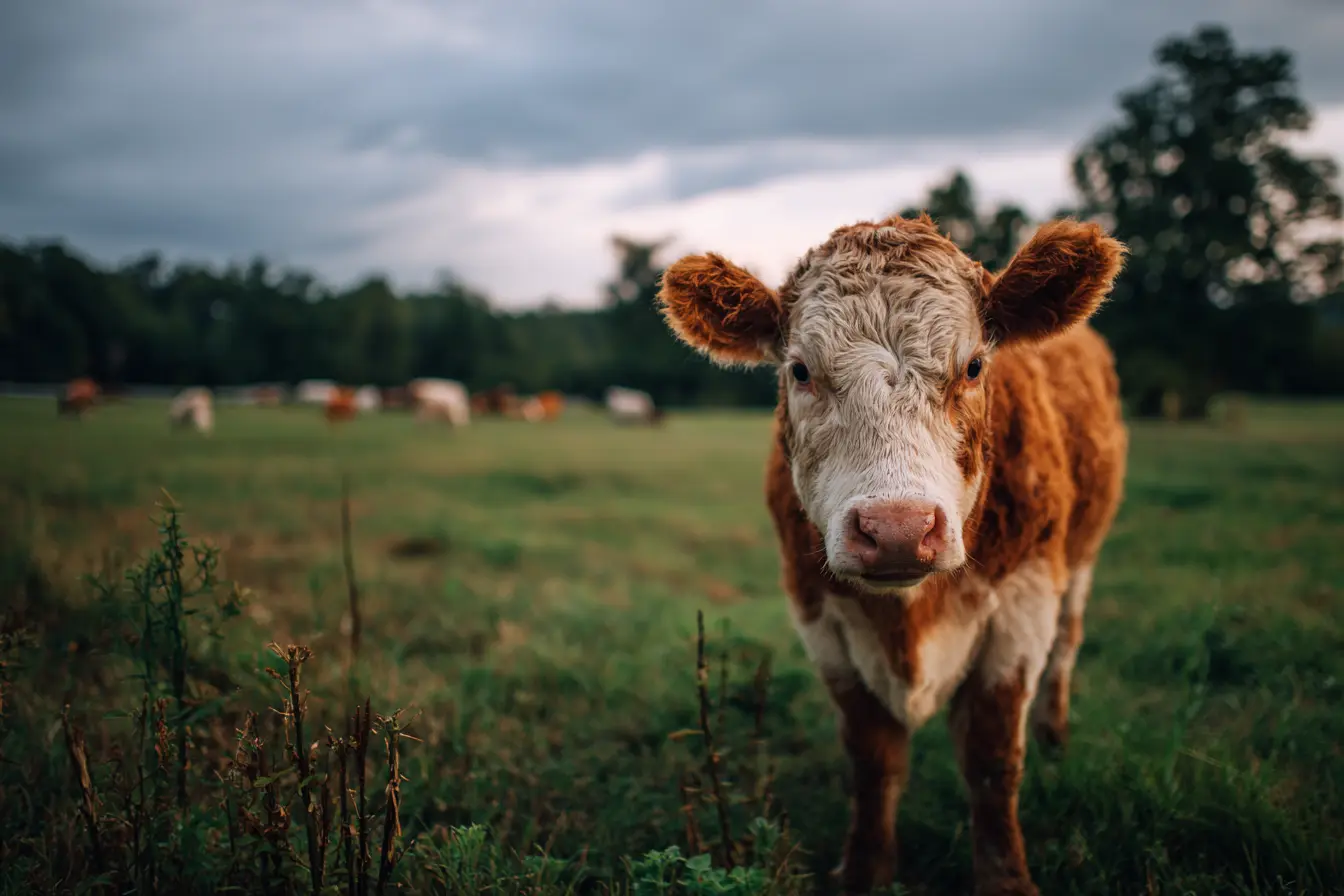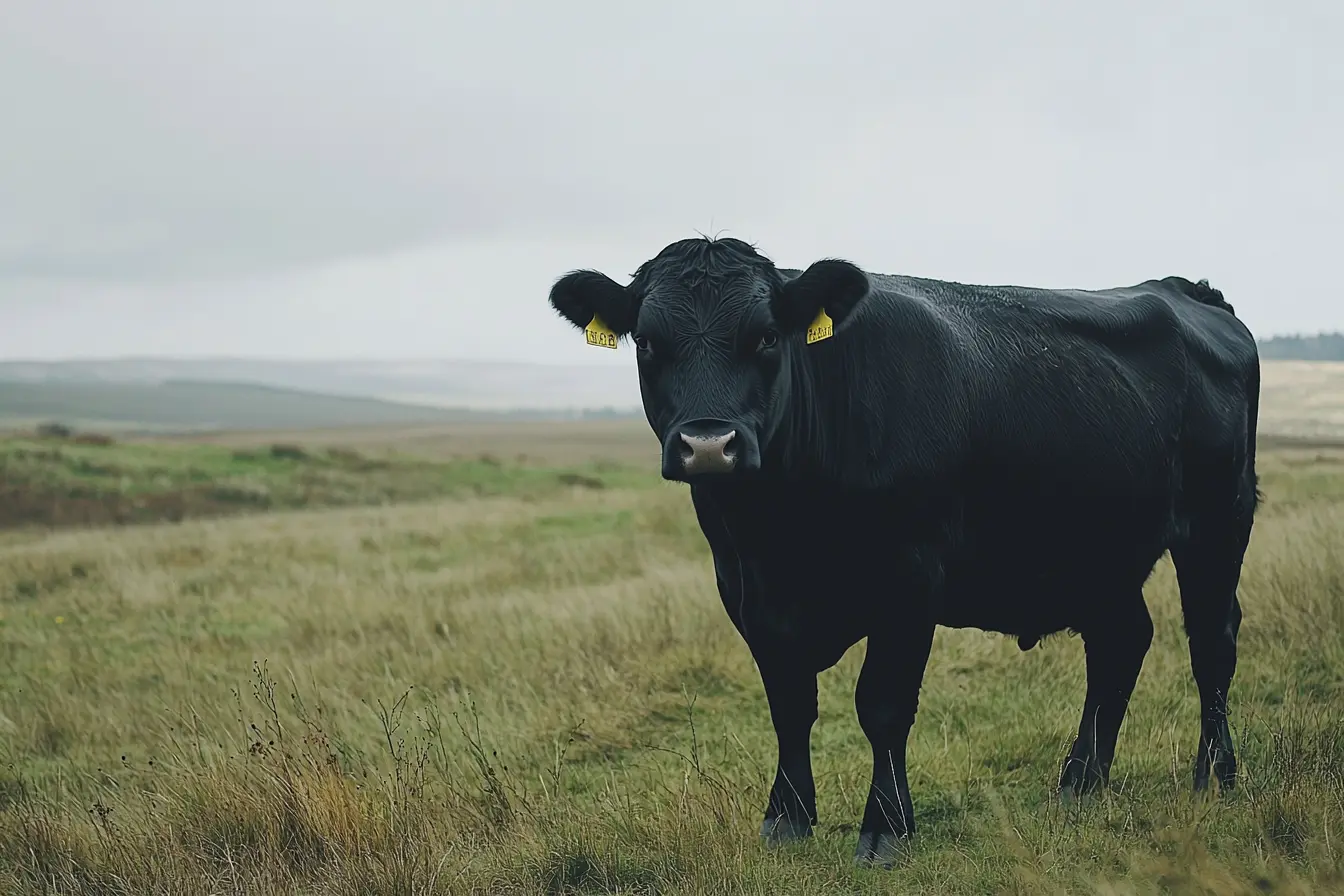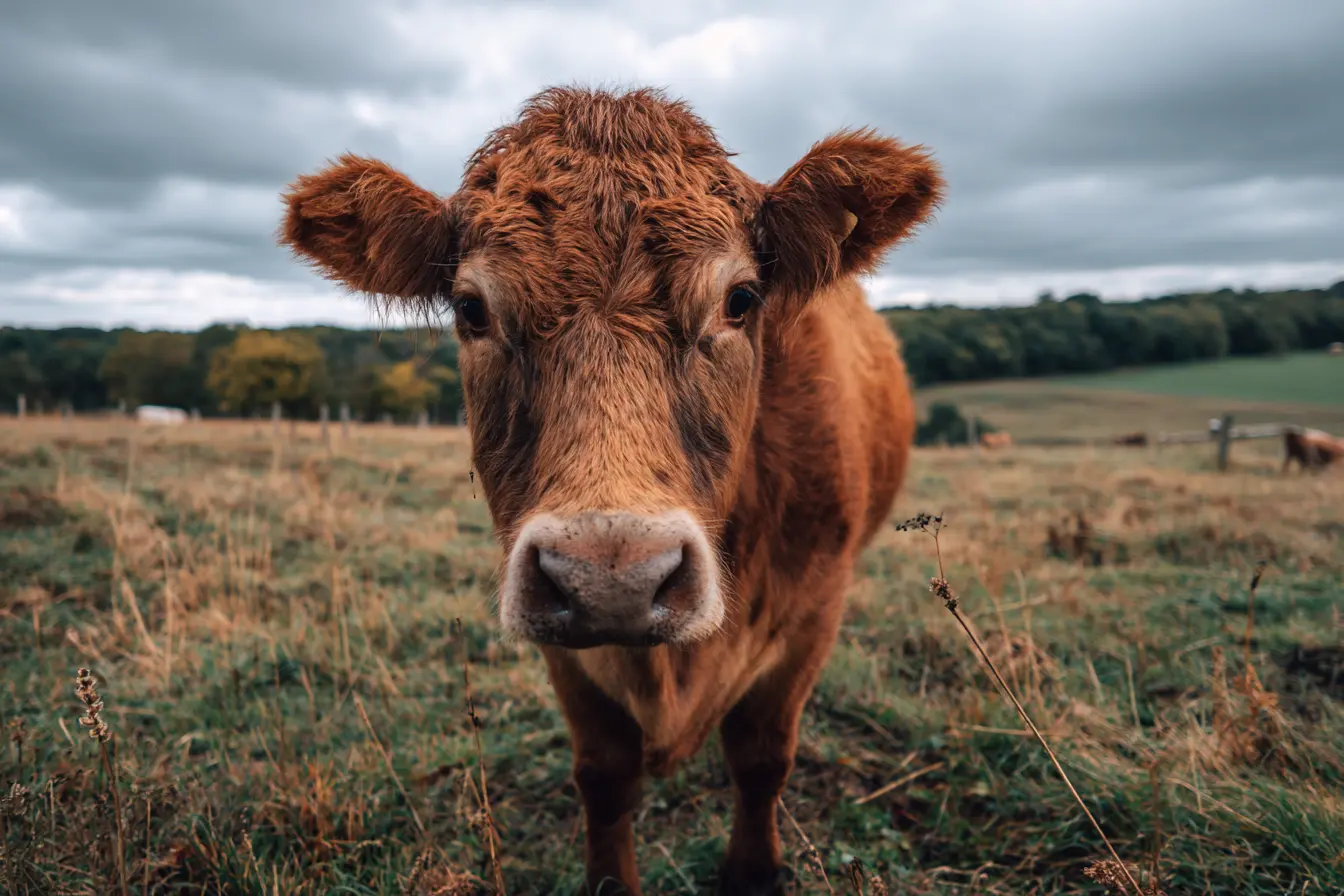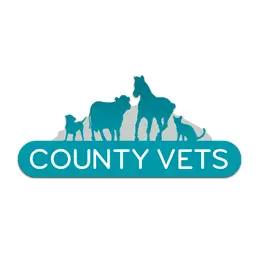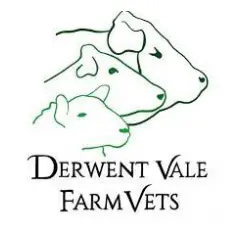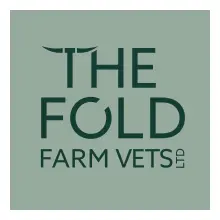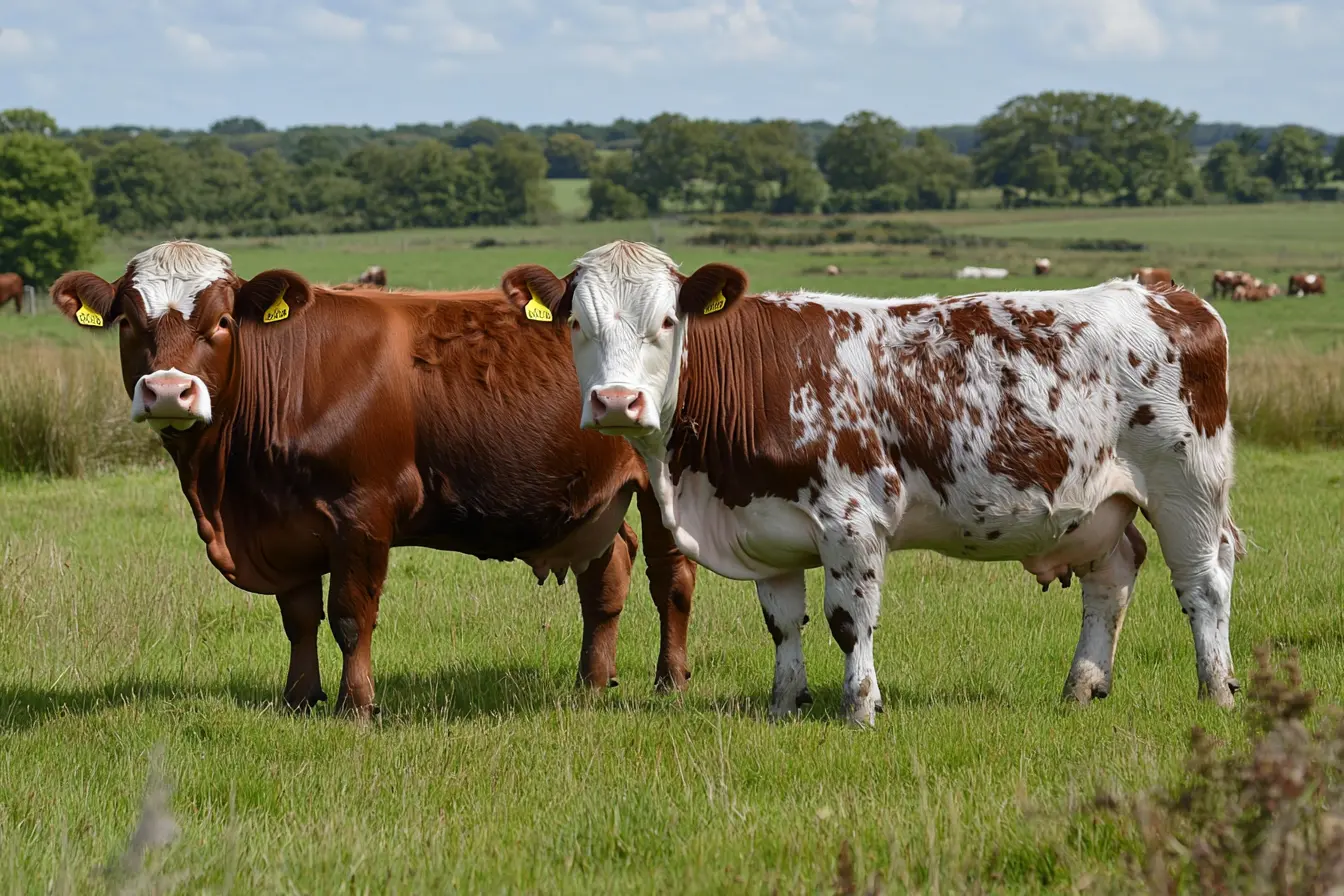
A Complete Guide to Caring for British Shorthorn Cows
British Shorthorn cows are one of the oldest and most versatile cattle breeds in the UK, known for their excellent meat and milk production, as well as their calm temperament. Originally developed in the north of England, Shorthorns are a dual-purpose breed, meaning they can be raised for both beef and dairy. Their adaptability, hardiness, and gentle nature make them a popular choice for smallholders and new farmers.
If you’re considering keeping British Shorthorn cows, this guide will provide you with everything you need to know, including housing, feeding, breeding, and general health care.
A Brief History of British Shorthorn Cows
The British Shorthorn breed originated in the late 18th century in Northumberland, Durham, and Yorkshire. Farmers developed the breed by selectively breeding cattle for both beef and milk production. By the early 19th century, Shorthorns had spread across the UK and beyond, becoming one of the most popular cattle breeds worldwide.
Today, British Shorthorns are prized for their adaptability, easy calving, and excellent meat quality. There are two distinct types of Shorthorns: the Beef Shorthorn, bred primarily for meat, and the Dairy Shorthorn, bred for milk production.
Key Characteristics of British Shorthorn Cows
British Shorthorns are easily recognisable by their distinctive appearance and practical traits that make them a valuable addition to any farm.
- Coat Colour: Shorthorns can be red, white, or roan (a mix of red and white hairs). The roan coat is unique to the breed and highly distinctive.
- Size: Medium to large-sized breed. Mature cows weigh between 500-700kg, while bulls can weigh up to 1,000kg.
- Temperament: British Shorthorns are known for their calm, docile nature, making them easy to handle and suitable for beginners.
- Adaptability: They are hardy animals that can thrive in both extensive grazing systems and more intensive farming setups.
- Dual-Purpose: British Shorthorns can be raised for both beef and dairy, offering flexibility for farmers.
Housing for British Shorthorn Cows
British Shorthorns are hardy animals that can thrive outdoors year-round in the UK climate. However, providing appropriate shelter and secure fencing is essential to keep them comfortable and safe.
Shelter Requirements
- Natural Shelter: In mild climates, Shorthorns can rely on natural shelter such as trees and hedgerows to protect them from wind and rain.
- Man-Made Shelter: In harsher climates or for young calves, provide a field shelter or barn where the cattle can retreat during extreme weather. The shelter should be well-ventilated and dry, with ample space for all animals to lie down comfortably.
Fencing
- Secure Fencing: British Shorthorns are strong animals, so secure fencing is essential. Use post-and-rail fencing or electric fencing to keep them contained.
- Gate Safety: Ensure gates are secure and wide enough to accommodate larger cattle.
Feeding British Shorthorn Cows
A balanced diet is essential to keep your British Shorthorn cows healthy and productive. Shorthorns are efficient grazers and can thrive on a pasture-based diet, but they may need supplementary feeding during the winter months or when pasture is limited.
Diet
- Grass and Forage: The majority of a Shorthorn cow’s diet should consist of grass and forage. They are well-suited to grazing on rough pastures and can make good use of marginal land.
- Hay or Silage: During the winter months, provide good-quality hay or silage to supplement their diet.
- Concentrates: Pregnant, lactating, or growing cattle may need additional concentrates to meet their energy and protein requirements.
- Minerals and Vitamins: Provide a mineral block or loose minerals to ensure your cattle receive essential nutrients.
Water
- Cattle need constant access to fresh, clean water. An adult cow can drink up to 50-100 litres of water per day, depending on their diet and weather conditions.
Breeding British Shorthorn Cows
British Shorthorns are known for their easy calving and strong maternal instincts, making them an excellent choice for breeding.
Breeding Tips
- Age to Breed: Heifers can be bred from around 15-18 months of age, once they have reached 60-65% of their adult weight.
- Gestation Period: The gestation period for cows is approximately 283 days (about 9.5 months).
- Calving: British Shorthorns are generally easy calvers, requiring minimal intervention. However, it’s important to monitor cows during labour and be prepared to assist if necessary.
Artificial Insemination (AI)
- Many farmers use AI to breed British Shorthorns with top-quality bulls to improve genetic traits such as growth rates, milk production, and beef quality.
Health Care for British Shorthorn Cows
Keeping your British Shorthorn cows healthy is essential for their wellbeing and productivity. Regular health checks, vaccinations, and parasite control are key components of good herd management.
Vaccinations
Work with your vet to establish a vaccination schedule. Common vaccinations include protection against:
- Clostridial diseases (e.g., tetanus, blackleg)
- Leptospirosis
- Bovine Viral Diarrhoea (BVD)
- Infectious Bovine Rhinotracheitis (IBR)
Deworming
Regular deworming is necessary to control internal parasites. Use faecal egg counts to determine the parasite burden and avoid overusing dewormers to prevent resistance.
Hoof Care
- Trimming: Check hooves regularly for overgrowth or damage. Hooves should be trimmed every 4-6 months, depending on the environment.
- Foot Rot Prevention: Keep housing areas clean and dry to reduce the risk of foot rot.
Common Health Issues
- Bloat: Ensure your cows have a consistent diet and avoid sudden changes in feed to reduce the risk of bloat.
- Lice and Mites: Check your cattle regularly for external parasites and treat them with appropriate medications if necessary.
- Mastitis: A bacterial infection of the udder that can occur in lactating cows. Maintain good hygiene during milking to reduce the risk.
Behaviour and Handling
British Shorthorn cows are known for their calm and docile temperament, making them a great choice for new owners.
- Calm Handling: Approach your cattle calmly and avoid sudden movements to prevent stress.
- Positive Reinforcement: Use treats and gentle handling to build trust with your cows.
- Training: Cattle can be trained to follow basic commands and routines, making them easier to manage.
Why Choose British Shorthorn Cows?
There are several reasons why British Shorthorn cows are a popular choice for both smallholders and commercial farmers:
- Dual-Purpose Breed: Shorthorns can be raised for both beef and dairy, offering flexibility to farmers.
- High-Quality Beef: Shorthorn beef is known for its tenderness, flavour, and marbling, making it a premium product.
- Easy Calving: The breed is known for its ease of calving, reducing the need for intervention.
- Hardy and Adaptable: British Shorthorns can thrive in various climates and farming systems, making them suitable for both extensive and intensive farming.
Final Thoughts
British Shorthorn cows are a versatile, hardy, and low-maintenance breed that can thrive in various farming environments. Whether you’re raising them for beef, milk, or both, Shorthorns are a rewarding breed to keep due to their easy handling, adaptability, and high productivity.
By providing proper housing, a balanced diet, regular health care, and a well-planned breeding programme, you can ensure your British Shorthorn cattle remain healthy and productive for many years. Always work closely with your vet to establish a health management plan, and enjoy the experience of raising this iconic British breed.
Contents
Tags
Related Vets
Vets near you
Speciality vets
- Aquatics vet specialists
- Birds vet specialists
- Camelids vet specialists
- Cats vet specialists
- Cattle vet specialists
- Deer vet specialists
- Dogs vet specialists
- Equines vet specialists
- Exotic vet specialists
- Goats vet specialists
- Pigs vet specialists
- Poultry vet specialists
- Sheep vet specialists
- Small Mammals vet specialists
- Wild vet specialists
